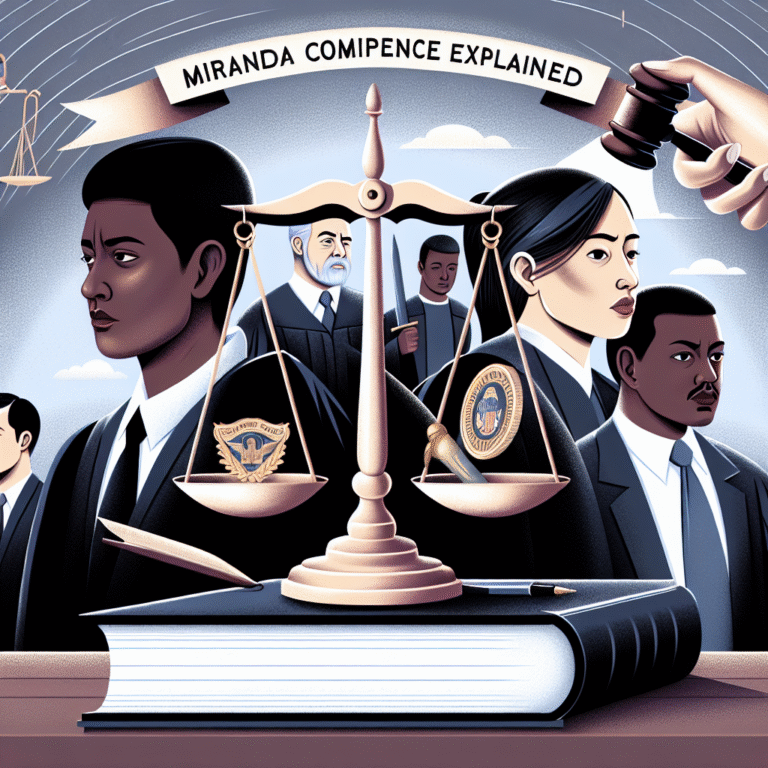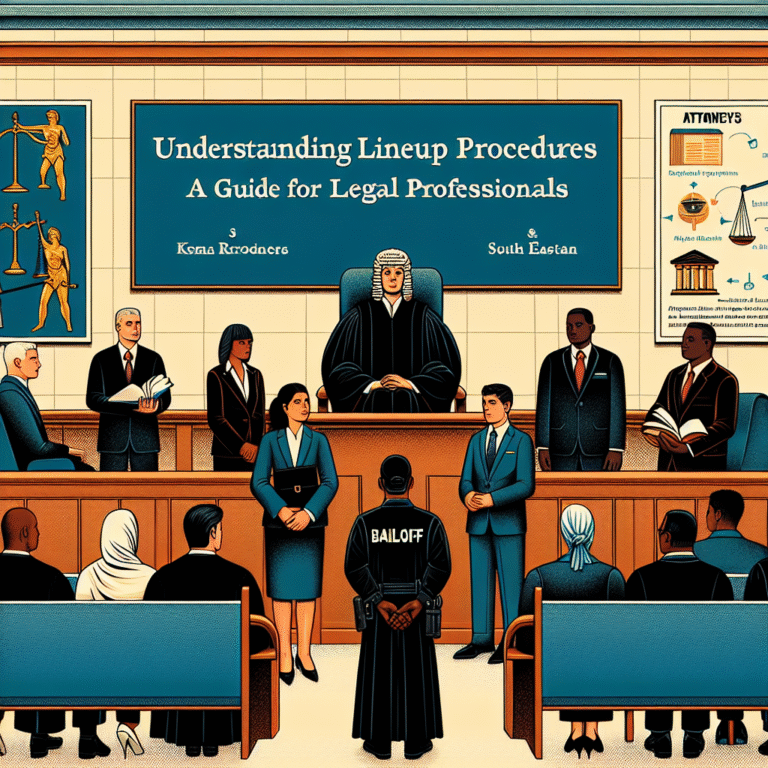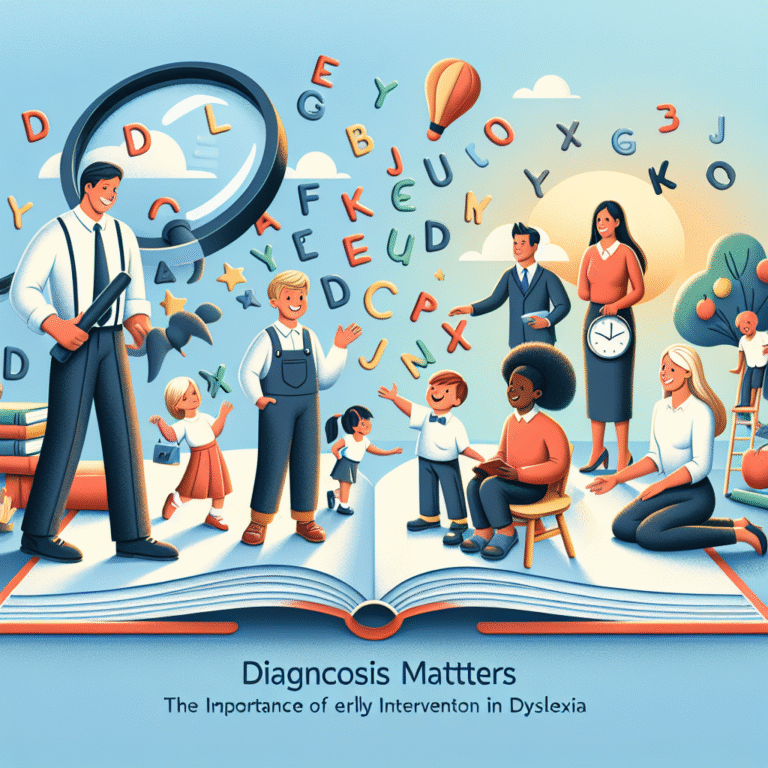
Introduction
The human mind can be as perplexing as it is fascinating. When dissected in the context of crime, it invites a myriad of questions: What motivates a person to commit an act of violence? Can we predict their next move? And, most critically, is behavior truly indicative of intent? The topic of criminal profiling serves as a focal point for these questions and more, leading us to the central theme of our exploration: The Controversy of Criminal Profiling: Is Behavioral Analysis Always Accurate?
Criminal profiling, which aims to deduce the psychological attributes of offenders based on their behaviors, has become both a staple in popular media and an essential tool in law enforcement. However, the accuracy and ethical implications of profiling are hotly contested. As we dive into this discussion, we will unravel the complexities behind behavioral analysis, examine influential case studies, and ultimately reflect on whether this method is as reliable as proponents argue it to be.
The Evolution of Criminal Profiling
A Brief History
The roots of criminal profiling stretch back to the late 19th century, stemming from early criminologists and their desire to understand the psyche of criminals. Pioneers like Cesare Lombroso proposed theories correlating physical features with criminal behavior. Fast forward to the 1970s, when the FBI established the Behavioral Science Unit, marking a significant turning point. Psychologists and profilers began developing techniques to identify serial offenders by recognizing patterns in their behaviors.
The Development of Behavioral Analysis Techniques
Behavioral analysis is a combination of psychology, criminology, and sociology. It relies on various techniques such as:
- Crime scene analysis: Understanding the details at the crime scene to make inferences about the offender.
- Victimology: Studying the victims’ backgrounds to contextualize the criminal’s actions.
- Psychological profiling: Assessing personality traits based on behavioral patterns.
The Science Behind Criminal Profiling
Psychological Underpinnings
The idea that psychology can intersect with criminal behavior is both intriguing and complex. Psychological theories, such as the "Big Five" personality traits, often find their application in profiling, helping investigative teams create a psychological profile of the offender. By scrutinizing behaviors like aggression, impulsivity, and even social dominance, law enforcement officials can construct actionable profiles, leading to potential leads.
The Role of Statistics
Contrary to the theatrical depictions seen in crime dramas, the science of criminal profiling is heavily grounded in statistics and research. The FBI’s approach, for instance, integrates data from known offenders to familiarize profilers with behavioral trends.
| Trait/Behavior | Probability of Occurrence | Criminality Correlation |
|---|---|---|
| High aggression | 65% | Strong |
| Impulsive behavior | 40% | Moderate |
| Social isolation | 30% | Weak |
This data-driven approach offers a way to assess whether specific behaviors are indicative of certain types of offenses, hinting at a methodical way of understanding criminality.
Case Studies in Criminal Profiling: When Analysis Shines
Case Study 1: The Unabomber
Ted Kaczynski, known as the Unabomber, was an elusive figure whose intricate mail bombings baffled law enforcement for decades. A psychological profile suggested he was highly intelligent, socially withdrawn, and motivated by a disdain for technology. This analysis played a vital role in narrowing down the suspect list, leading to his eventual capture.
Relevance: This case serves as an example of how behavioral analysis can successfully intersect with investigative strategies. An accurate profile allowed investigators to focus their resources effectively, showcasing that, in certain situations, behavioral analysis was indeed accurate.
Case Study 2: The Atlanta Child Murders
In the late 1970s and early 1980s, a series of child murders rocked Atlanta. Profilers developed a composite image of the suspect as a middle-aged black man, which turned out to be Charles Ray Hinton. However, later evidence questioned the validity of profiling in this case, leading to debates over racial and socio-economic assumptions.
Relevance: This case highlights the potential pitfalls of profiling, raising critical questions about the accuracy of behavioral analysis, especially in racially charged contexts. It emphasizes the necessity for a cautious approach, proving that while behavioral analysis has its merits, it’s not without significant errors.
Challenges and Controversies in Criminal Profiling
The Accuracy Debate
The question of accuracy remains a sticky point in discussions about behavioral analysis. Profiling lacks the unconditional predictability found in more evidence-based scientific methods. Skeptics often point to the high potential for bias—having a "profiling" mindset can lead to wrongful assumptions and stereotypes.
Statistical Analysis: Research shows that even well-trained profilers only achieve modest success rates, often ranging between 50-70%. While this is better than chance, it’s not always reliable.
Ethical Concerns
The ethics surrounding criminal profiling can’t be overlooked. Racial, gender, and economic biases often creep into analyses, leading to injustice. This has sparked debates over ethical standards in profiling and the importance of conducting these analyses within a framework respectful of individual rights.
The Future of Criminal Profiling
Integrating Technology and Behavioral Analysis
As technology evolves, so too does the way we approach criminal profiling. Big data and machine learning are set to drastically enhance the accuracy and reliability of behavioral analyses. Algorithms will soon sift through massive datasets to identify trends that human profilers may overlook.
Training and Standards
If we are to elevate the standards of criminal profiling, rigorous training programs must become a norm. By incorporating psychological theories, statistical analysis, and ethical frameworks, the profession can cultivate profiles that are not only useful but also fair.
Conclusion
In closing, the topic of The Controversy of Criminal Profiling: Is Behavioral Analysis Always Accurate? serves a vital role in today’s law enforcement landscape. While the benefits of criminal profiling are numerous—offering insights that aid in rapidly escalating investigations—the risks and limitations are equally critical to acknowledge.
As we move forward, it’s essential for law enforcement agencies to continue refining their approaches, combining traditional skills with technological advancements. Ultimately, the goal should be to enhance the reliability of behavioral analysis while remaining cognizant of the ethical implications. Knowledge must be paired with responsibility as we navigate the complex intersections of psychology, behavior, and crime.
FAQs
1. What is criminal profiling?
Criminal profiling is a method used to identify the characteristics of offenders based on their behaviors and personalities, often to assist in investigations.
2. How accurate is criminal profiling?
While profiling can assist in narrowing down potential suspects, studies suggest that its accuracy varies. Many profilers achieve success rates between 50-70%.
3. Are there ethical concerns related to criminal profiling?
Yes, profiling can lead to biases that may unfairly target specific groups based on race, gender, or socioeconomic status, prompting a need for more ethical guidelines.
4. What are some limitations of behavioral analysis?
Limitations include potential biases, the complexity of human behavior, and occasional inaccurate predictions based on profiling data.
5. How is technology changing criminal profiling?
Emerging technologies like big data analytics and machine learning are expected to enhance profiling accuracy by identifying trends and patterns that might be missed by human analysts.
By addressing these critical facets of criminal profiling, we can foster a deeper understanding of its implications and the complexities behind it. The ongoing examination of The Controversy of Criminal Profiling: Is Behavioral Analysis Always Accurate? will reveal much about both human nature and the societal systems tasked with regulating it.

















